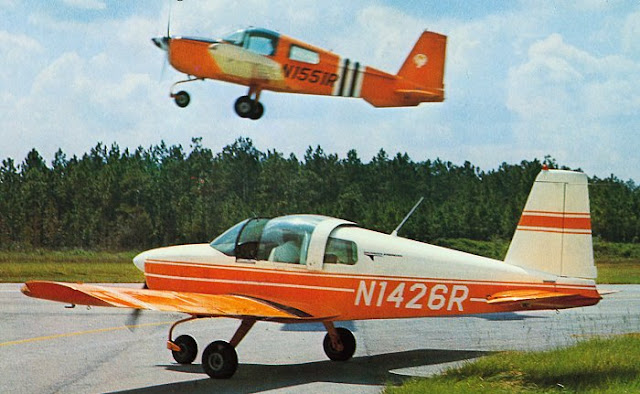kontiki
Cleared for Takeoff
- Joined
- May 30, 2011
- Messages
- 1,121
- Display Name
Display name:
Kontiki
I'm still on the fence on what to buy for first airplane.
Had a great day flying with a friend sitting next to me. Not sure I would have had the same fun with her sitting in the back of a Citabria.
So I was looking at the Grumman American. Friends point out that Grumman American is not approved for spins because they may be unrecoverable.
Just how much of a concern is that?
Sure, not good for an aerobatics airplane, but do owners consider it a problem?
I know some aircraft like that have a BRS, it that really neccessary or are there aerodynamic or marketing issues that drive that.
Thanks for all shared insights.
Had a great day flying with a friend sitting next to me. Not sure I would have had the same fun with her sitting in the back of a Citabria.
So I was looking at the Grumman American. Friends point out that Grumman American is not approved for spins because they may be unrecoverable.
Just how much of a concern is that?
Sure, not good for an aerobatics airplane, but do owners consider it a problem?
I know some aircraft like that have a BRS, it that really neccessary or are there aerodynamic or marketing issues that drive that.
Thanks for all shared insights.

